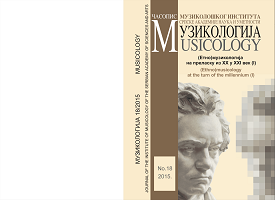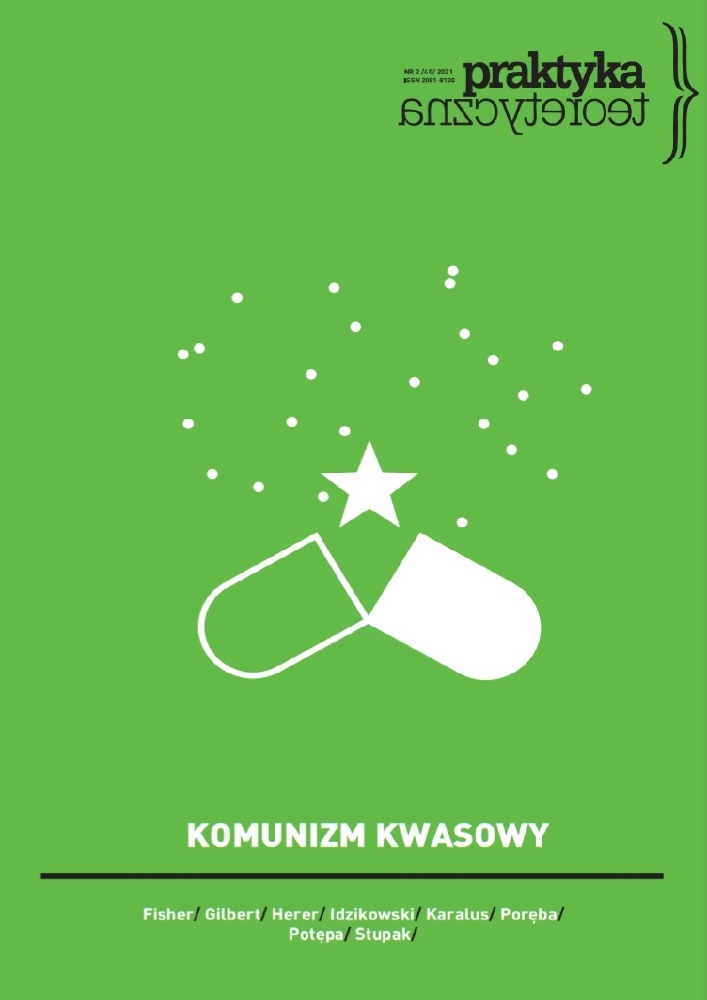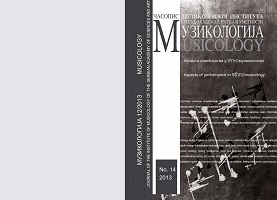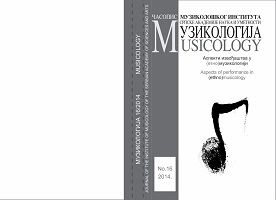
Методолошки диспути о тумачењу неумске нотације у XX веку
Until the end of the twentieth century in Byzantine musicological science there were two diametrically opposite approaches to the interpretation of the Byzantine neum notation systems and post-Byzantine music heritage after the Fall of Constantinople. Western European scholars, ignoring the post-Byzantine Chant tradition and the last semeography reform from the early nineteenth century, looked at the problems of the musical past only from the perspective of the Middle Ages. Greek researchers have shared the belief that the condition of an adequate understanding of the mid-Byzantine notation, or the so-called old method, is the knowledge of analytical neum system and theory, the basics of which were set up by musicians from the end of the seventeenth and during the eighteenth century, and were finally shaped by Chrisantos, Gregory and Chourmouzios and officially accepted in the Greek church in 1814. The path to overcoming the issues relating to the development of neum notation, and finding an adequate manner of decoding it, led through the understanding of the phenomenon of “interpretation” and other tendencies that marked the post-Byzantine music practice. Two scientists –the Danish Jørgen Raasted, a follower of the Western European musicological methods established by founders of Monumenta Musicae Byzantinae, and Greek theologist and musicologist Gregory Stathes – are specifically responsible for the reconciliation of the different methodological approaches. After numerous and often heated debates, the Danish scientist eventually largely accepted the views of his Greek counterpart. Moreover, he himself insisted, at the musicological conferences organized during the 1980s, on reviewing the controversial issues: the existence of chromatic intervals in the psalmody of the Middle-Ages, the problem of syllabic and melismatic interpretations of stenographic neum records, and so on. Concerning the above mentioned issues, the contemporary trends in Byzantine musicology are presented in the conclusion of the paper. It is worth noting that the most influential scholars nowadays follow “a middle path”, the distinction between the once exclusive Western option and the no less “hard” Greek traditional option.
More...


